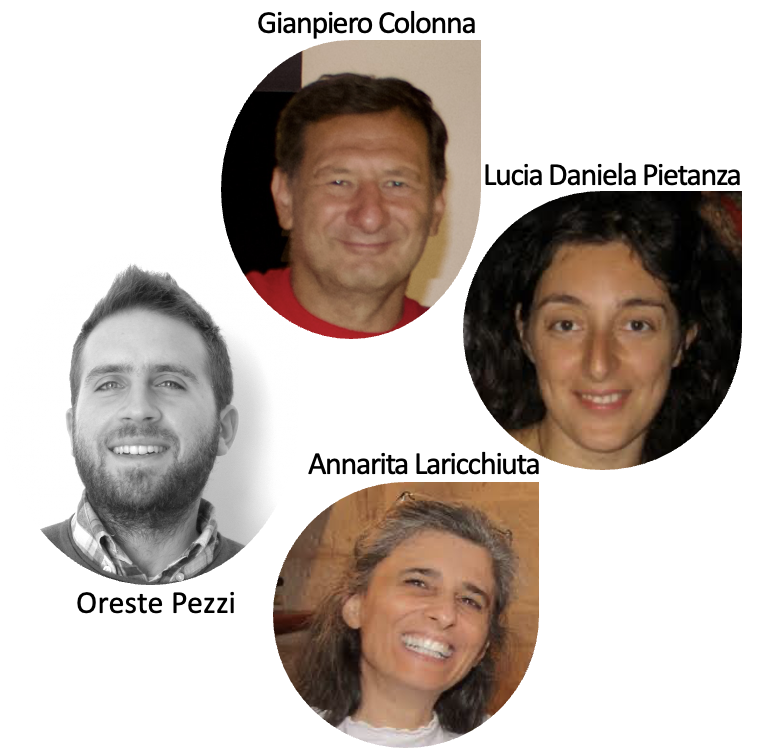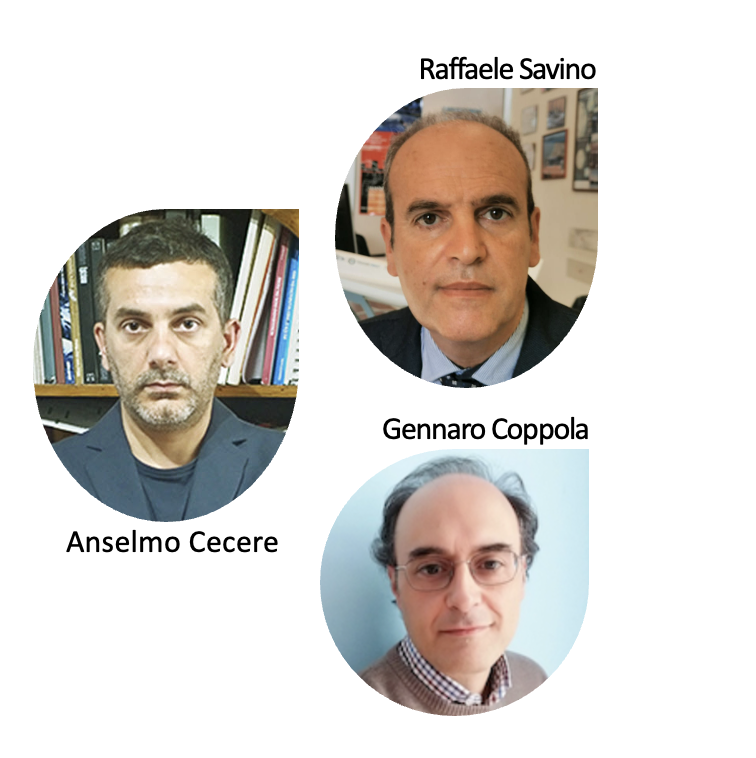

|
The employment of reusable vehicles is envisaged as the most promising strategy to reduce the costs of access to space, balancing efficiency and sustainability, as demonstrated by ESA Space Rider, devised to complement the Ariane and Vega launchers for the safe return on Earth. A space vehicle entering the Earth atmosphere with hypersonic velocity faces the harsh environment formed inside the shock layer. Similar conditions are encountered by hypersonic planes equipped with air-breathing propulsion systems (LAPCAT projects) designed for very rapid intercontinental flights. Hence, hypersonic vehicles need a suitable Thermal Protection System (TPS) which becomes the most vital subsystem representing a single point of failure. The TPS material must be a compromise between weight, thermal resistance, and catalytic activity in order to adequately reduce the heat flux at the surface, keeping as low as possible the mission costs. From an opposite point of view, the destructive hypersonic environment is desirable to prevent the potential danger of space debris falling on Earth. In these systems, the fate of the entering object is critically dependent on the intensity of the surface heat flux, which in turn is influenced by the object's geometrical characteristics, its chemical nature, and the physical-chemical phenomena occurring in the shock layer and at the surface. In fact, traveling at Mach number greater than 6, a shock wave forms with an abrupt change in the gas temperature and pressure: internal states are excited and chemical reactions, such as dissociation and ionization, are activated by collisions between particles, distributing thermal energy into a significant number of degrees of freedom and resulting in a marked non-equilibrium character of the distributions. The complex physics of hypersonic flights requires a suitable approach based on the detailed description of the kinetics in the fluid dynamics, accounting for the quantum nature of the matter. The project HEATS, funded by MUR under call PRIN PNRR 2022, aims to develop a computational tool able of coupling an accurate fluid dynamic simulation of the flow with advanced state-to-state chemical models accounting for microscopic collisional dynamics. The strength of the project relies, on the one hand, on the empowerment of the computational capabilities through the exploitation of GPUs and, on the other hand, on a complete chemistry including the ionization processes, relevant to super-orbital and lunar re-entry. Moreover, by accurately coupling such a tool with numerical algorithms able to describe the absorption of radiowaves in the plasma sheath, the communication blackout during the vehicle re-entry will be also studied. Finally, the interaction between the high enthalpy flow with the surface will be investigated in a hypersonic wind tunnel to test different TPS ceramic materials to extrapolate surface properties, needed in the simulations to estimate the role of catalysis and to validate the code.
|

DMMM Polytechnic University of Bari Principal Investigator:Francesco Bonelli Unit expertise:
|

CNR ISTP Bari Co-PI & Unit Responsible:Oreste Pezzi Unit expertise:
|

University of Naples Federico II Unit Responsible:Anselmo Cecere Unit expertise:
|
extended
28Feb26
CO
1Dec25
19Nov25
project meeting
(Skype)
11&23Sept
project meeting
(Skype)
23July25
project meeting
(Skype call)
M2
1June25
9Apr25
project meeting
(Skype call)
1stYear
1Dec24
3,4&19Dec
project meetings
(Skype)
9&18Oct24
project meetings
(Skype call)
17July24
project meeting
(Skype call)
M1
1June24
1March24
project meeting
UniNA Lab
kickoff
5Dec23
|
PNRR - Missione 4 “Istruzione e Ricerca” - Componente 2 “Dalla Ricerca all’Impresa” Investimento 1.1 “Fondo per il Programma Nazionale di Ricerca e Progetti di Rilevante Interesse Nazionale (PRIN)” Prot. P2022SLHJX Line of intervention: SOUTH Strategic emerging topic: CIRCULAR ECONOMY Cluster: Digital, Industry and Space SETTORE ERC: PE8 “Products and Processes Engineering” Finanziato dall’Unione europea – Next Generation EU Finanziamento: 239.669 Euro CUP Master: D53D23018520001 |
